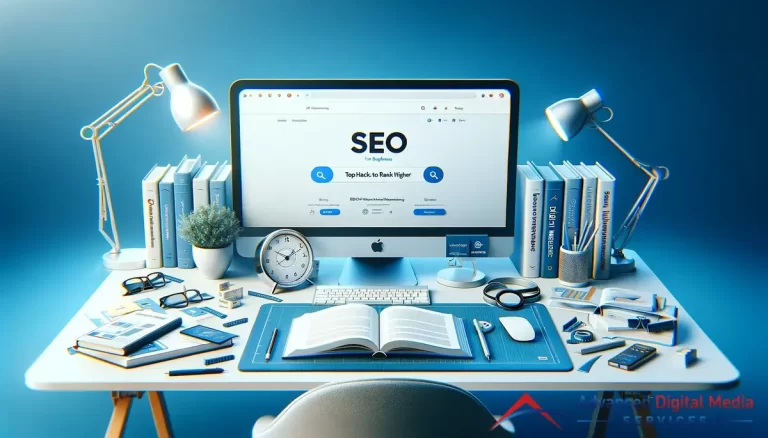In search engine optimization, it is important to create and build links for better ranking. There are many types of link building strategies to help your website rank higher online. One of those is internal link building. Now, what is internal linking? Internal link building is quite simple; it is the process of linking any page from your website to another page on your website.
Internal link building is important to make sure users and search engines find your content and navigate through your site. Strategic internal link building is a technique in content marketing to promote your website and gain more traffic. You can add a link to your content that will point your audience to related content that can be found on your same website.
You may not control when other websites cite your content, but with internal link building, you can control where to guide your users and Google itself to all your interesting and informative content.
Here are 5 tips to achieve outstanding SEO through internal linking:
1. Create a Lot of Interesting Content
For you to create as many internal links as you can, you have to create a lot of content. When you have a lot of content on your site, it will be easier for you to create internal links and have a successful internal linking strategy.
Some may say that in order to have an effective internal linking strategy, you have to follow a complicated process, create diagrams, and meticulously plan ahead. In reality, planning and complicated spreadsheets don’t really matter. What you need to do is create interesting and unique content that is related to the nature of your business.
Just create as much helpful content as you can, and you will be able to do internal link building successfully.
2. Provide Deep and Specific Links
The most common mistake many websites make is using links that direct the users to their website’s homepage and contact information.
Although it is important for your audience to know your business and navigate around your website, linking your homepage to your content will not be effective. Try to make your internal links natural and helpful. Directing the users to certain content related to what they are already looking at is much better and can lead them deeper and deeper into your website.
3. Use Links that are Natural to Your Audience
The purpose of providing links to other sites is to provide helpful information to your audience. Your main goal is to provide value to the reader. When the user sees that the link you provide matches the content they are already reading about, there is a higher chance for them to check it out.
Adding appropriate internal links to your content will make the audience want to read about it, therefore making them dive further into your website. Providing these kinds of links sends a message to the users that the content you want them to check out is important and helpful. This will also send the same message to the search engine.
Making both your users and the search engine think that your content is relevant and informative is how internal linking helps your SEO.
4. Use Appropriate Links
Internal link building is not hard or complicated, but in order to be successful in link building, you must provide relevant content to your audience. Redirecting your audience from one content to another must seem natural and educational.
For example, a page about women’s accessories is not connected in any way to a page about the best movies you can see on Netflix. But if I have a page on women’s clothing, that will be a great link to redirect my users to.
As long as you know which pages are relevant for each other, you will have a great time linking one content to another.
5. Provide a Reasonable Number of Internal Links
Nobody actually knows the exact number of links considered reasonable to provide on a single page. But it all boils down to the length of your content. Imagine reading a 1000-word article only to see that it has about 100 links. Not only is it annoying to see one link after another, but it is impossible for any user to check out all of the links provided.
If you are used to writing less than 1000 words for your content, you can provide about 4 or 5 internal links in there. There is no perfect number, but you have to make sure you are not bombarding any of your users with all the links in your website.
Internal linking is a piece of cake only if you follow the right guidelines for doing so. Remember that in order to have good SEO, you must be consistent in providing internal links to your content.
Advanced Digital Media Services specializes in providing the right SEO strategy for better results in monitoring and creating internal links for your website. You can expect your site to rank higher on Google with the help of our effective system and skilled professionals eager to increase your website traffic and boost your sales and engagement.





